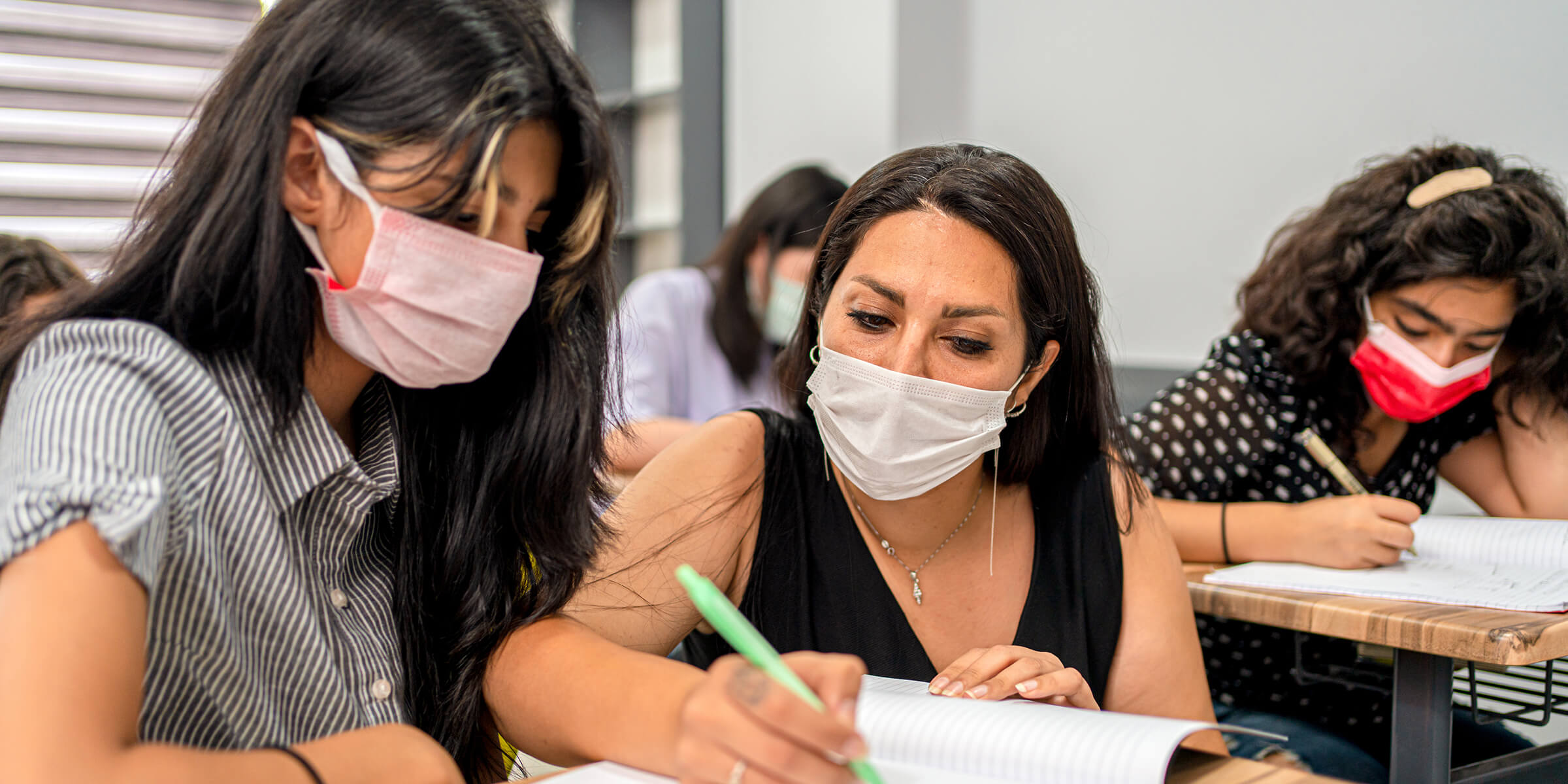The Mixed Methods Blog
As dual enrollment participation has expanded, so too have the types of programs and courses offered. Lauren Schudde and Wonsun Ryu discuss how differences in course set up have the potential to shape students’ dual enrollment experiences and overall course performance, as well as their subsequent college enrollment decisions.
Earning college credit in high school enables more students—especially those historically underrepresented in higher education—to pursue college after high school. However, many students who stand to benefit the most from these opportunities often have limited access to them. Jessica Steiger breaks down a new CCRC brief that examines the potential of five different models to help underrepresented students enter college degree programs in high-opportunity fields.









